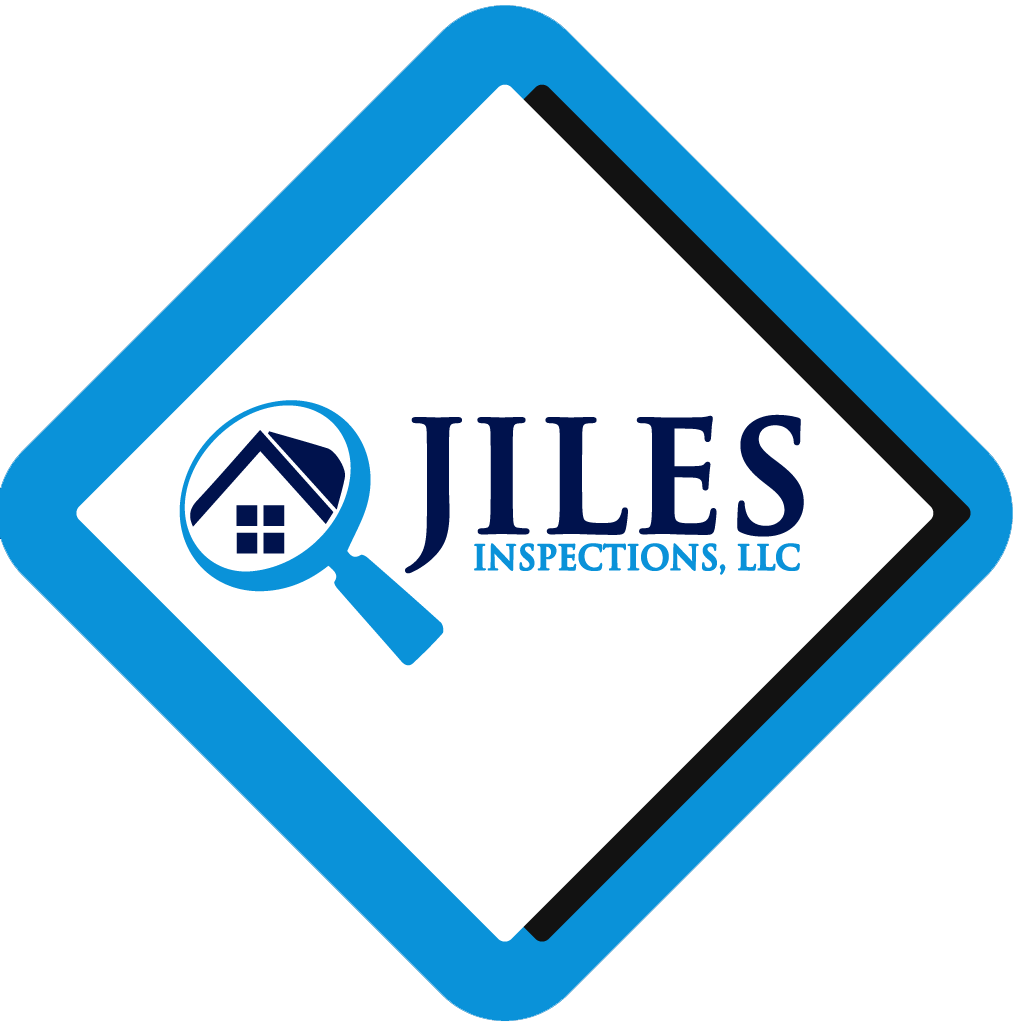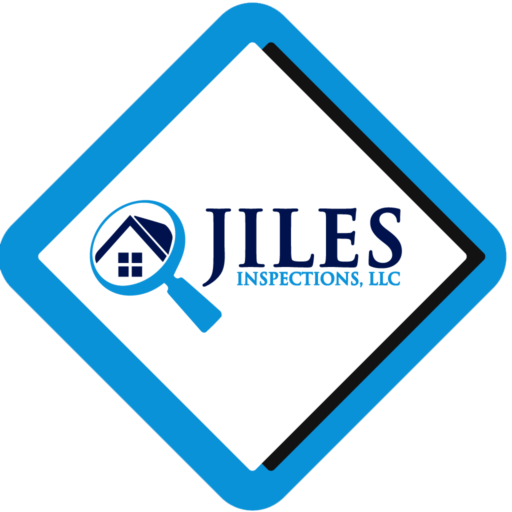
Radon is a naturally occurring radioactive gas that is found in the ground and can seep into homes and buildings. It is the second leading cause of lung cancer in the United States, after smoking.
Radon is odorless, colorless, and tasteless, so it cannot be detected by smell or taste. The only way to know if your home has high levels of radon is to test for it.
Radon gas is formed when uranium, a naturally occurring element, breaks down in rocks and soil. The gas then seeps through the ground and into homes and buildings through cracks and openings in the foundation.
Radon levels can vary depending on where you live. Homes in areas with granite or shale bedrock are more likely to have high levels of radon.
The EPA recommends that homes be tested for radon every two years.
If your home test results show high levels of radon, there are ways to reduce the levels. The most common way is to install a radon mitigation system. A radon mitigation system will vent the radon gas from your home to the outside.
Radon is a serious health hazard, but it is also a preventable one. By testing your home for radon and taking steps to reduce the levels if they are high, you can protect yourself and your family from the risk of lung cancer.
“Air purifiers with charcoal filters can detect vapor and radon gas.” – Chulalongkorn University
Seal cracks and openings in your foundation.
Install a sump pump to remove water from your basement.
Install a radon ventilation system.
Improve ventilation in your home.
Don’t smoke.
By following these tips, you can reduce your risk of exposure to radon and protect your health.


